Wild Sounds: Fight for the Wild
New Zealand has lost countless species over generations. Can the notion of a Predator Free 2050 in Aotearoa turn the page and save our wild?
Fight for the Wild 04 | What's in it for us?
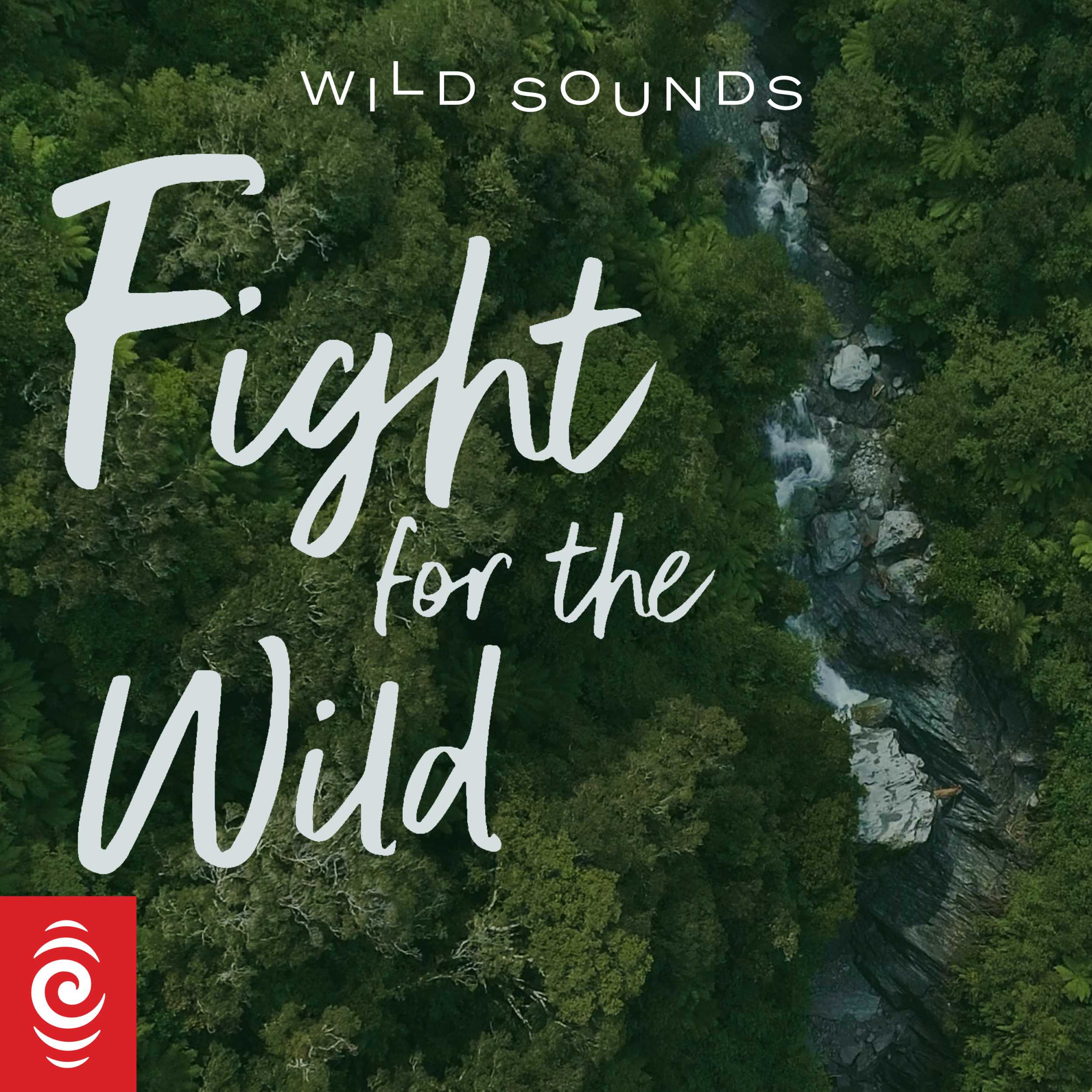
In the series finale, Hope, we get a glimpse of what a predator-free Aotearoa could look like, and look at the breakthrough technologies and innovations taking us towards that goal. This episode was first published in May 2021.
Watch the video version of the episode here.
The final podcast in the series, What's in it for us?, counts both the costs and benefits of Predator Free.
It explores the costs of not doing it, before setting out a range of possible, positive outcomes for the economy, our exports, for Aotearoa's standing on the world...
Fight for the Wild 03 | Predator-Free 2050 & Māori

Community-led projects are leading the charge to halt biodiversity decline, while researchers make break-throughs in their quest to remove predators and protect borders from reinvasion. This episode was first published in May 2021.
Watch the video version of the episode here.
Episode Three explores the deep relationship between Māori and the natural world.
Predator Free 2050 and Māori looks at the vital contribution of Māori towards achieving Predator Free. It begins by exploring the deep relationship between Māori and the natural world, and the ways in which the loss of biodiversity impa...
Fight for the Wild 02 | Remove and protect

New Zealander's have drawn a line in the sand, announcing they will rid the nation of rats, stoats and possums by 2050, but what will it take to get there? This episode was first published in May 2021.
Watch the video version of the episode here.
Remove and Protect reveals what Aotearoa means to do about the losing battle for our wildlife.
It sets out the critical distinction between business-as-usual pest control - simply holding a line - and the step change, and monumental challenge, that is eradication.
It looks at some ingenious...
Fight for the Wild 01 | Dealing with loss

Loss looks at the devastating effect introduced mammals have had on New Zealand's unique wildlife. This episode was first published in May 2021.
Watch the video version of the episode here.
Dealing with Loss takes listeners back to Gondwana, to explore just why our native birds are so tragically vulnerable to predation by mammals from another hemisphere.
Host Dave Hansford then presents a series of "criminal profiles" introducing listeners to the Predator Free target species: the brushtail possum, the stoat, the kiore, and the ship and Norway rats, through accounts from the country's leading...
Introducing: Fight for the Wild

Takes you into the wild heart of Aotearoa, documenting the desperate battle to protect it and exploring the notion of Predator Free 2050. This series was first published in May 2021.
Watch the video trailer here
Fight for the Wild is a four-part video series that takes viewers into the wild heart of Aotearoa and documents the desperate battle to protect it. It explores the notion of Predator Free 2050 and asks whether this big, bold initiative is achievable and if so, how?
In the complementary Fight for the Wild podcast series, conservation writer Dave Hansford...
Voice of the Iceberg 03 | Adventure
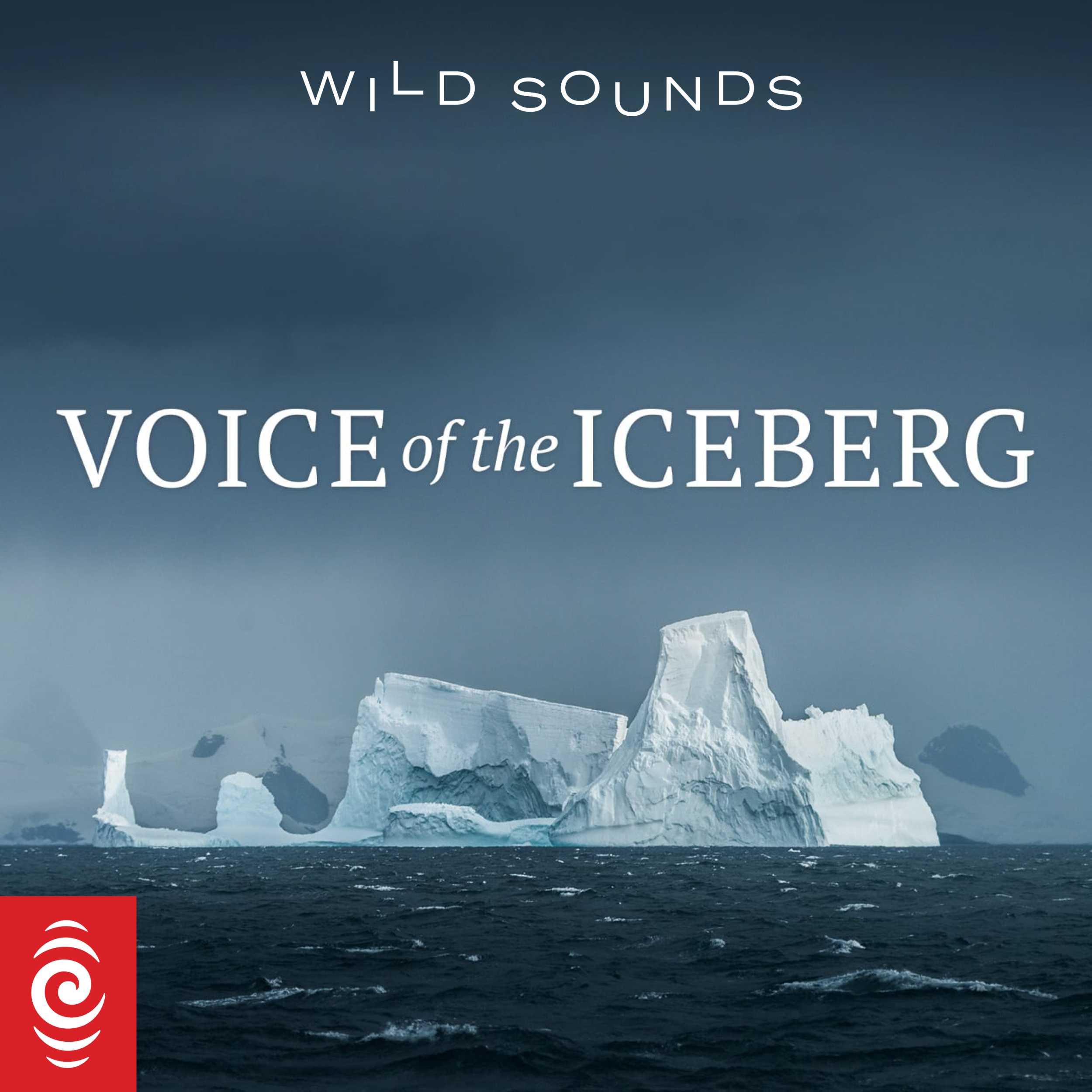
Encounters with blue ice and wildlife prove to be life-changing adventures, when photographer Joseph Michael and his companions venture into the crevasse field of a giant glacier, to capture the blue heart of an Antarctic iceberg. This episode was first published in February 2017.
Go to this episode on rnz.co.nz for more details
Voice of the Iceberg 04 | Endeavour

Joseph Michael and his film-making companions come face-to-face with the heaving splendour of giant icebergs in the waters around the Antarctic Peninsula. Back in New Zealand, they grapple with how to projection map an 'urban iceberg' onto the exterior of the Auckland War Memorial Museum, and how to create a soundscape that blends music with the voices of the icebergs. This episode was first published in February 2017.
Go to this episode on rnz.co.nz for more details
Voice of the Iceberg 02 | Revelation

The varied sounds and characters of icebergs begin to reveal themselves to a watching team of film-makers. A small iceberg, Yoko, that fizzes and crackles like a soda drink. The dramatic demise of the soaring ice arch, Valentine. This episode was first published in February 2017.
Go to this episode on rnz.co.nz for more details
Voice of the Iceberg 01 | Discovery

Artist Joseph Michael and a team of eight film-makers head to Antarctica on the yacht Australis, to discover and record the sights and sounds of icebergs. But before they reach the frozen continent and encounter their first bergs they must face the challenge of the notorious Drake Passage. This episode was first released in February 2017.
Go to this episode on rnz.co.nz for more details
Introducing: Voice of the Iceberg

The next series to join the Wild Sounds feed is Voice of the Iceberg, first published in 2017. Artist Joseph Michael and his team record the characters and sounds of icebergs in Antarctica as he prepares for a major art installation.
Go to this episode on rnz.co.nz for more details
Voice of the Kākāpō 08 | Success
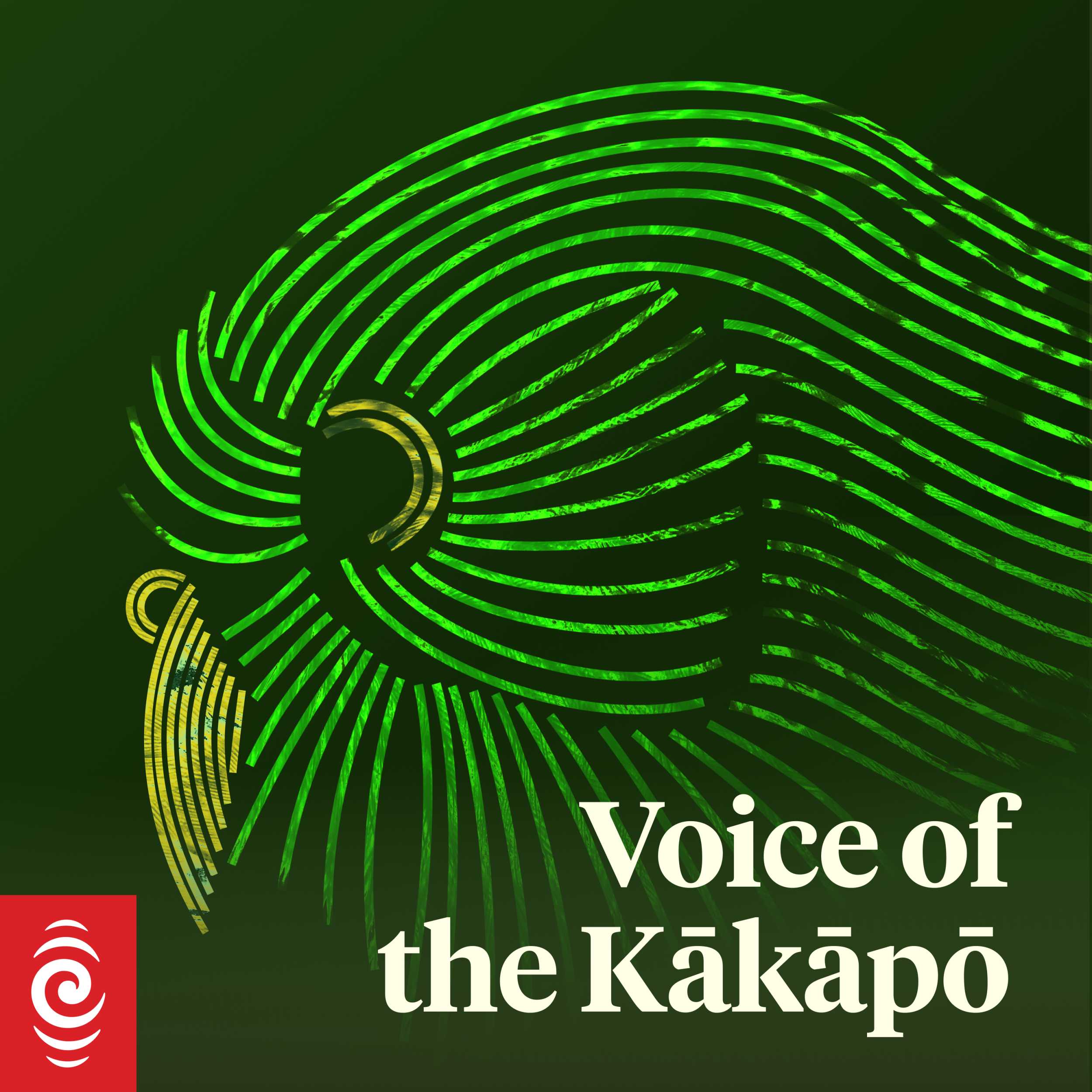
The 2019 kākāpō chicks are becoming independent and birds sent to be scanned for aspergillosis are getting clean bills of health. This episode was first released on 19 March 2020.
The 2019 kākāpō breeding season successfully weathered the aspergillosis crisis, with 72 chicks reaching the milestone of 150 days. Seventy of those juveniles are still alive, although two juveniles subsequently died from late cases of aspergillosis.
Since September 2019 the kākāpō population has remained steady at 211 birds.
This is a huge increase from the 148 birds that were alive in December 2018, when kākāpō on Whenua Ho...
Voice of the Kākāpō 07 | Dark days

A deadly fungal disease strikes the kākāpō population on Whenua Hou and the Kākāpō Recovery team calls on New Zealand wildlife vets to help. This episode was first released on 17 March 2020.
In April 2019, disaster struck the kākāpō population.
There was an outbreak of the deadly fungal disease aspergillosis, which would eventually kill two adult females and seven chicks.
But against expectations, veterinary experts were able to nurse many birds back to health.
Go to this episode on rnz.co.nz for more details
Voice of the Kākāpō 06 | Kākāpō chicks

The kākāpō eggs are hatching, and chicks are being hand-reared or returned to their mother's nest... but not every chick is thriving. This episode was first released on 12 March 2020.
The 2019 kākāpō breeding season set many records. It was the earliest, the longest - and of course, the biggest breeding season ever recorded.
Two hundred and fifty two kākāpō eggs were laid over three months, starting on Christmas Day 2018.
They began hatching at the end of January 2019, when Kohitatea became the earliest kākāpō chick ever to hatch.
Voice of the Kākāpō 05 | Kākāpō sperm takes to the air

The tally of infertile eggs is climbing and the kākāpō team is using artificial insemination - and a drone - to try and counter the problem. This episode was first released on 10 March 2020.
The 2019 kākāpō breeding season was one for the record books, but it had more than its fair share of problems, including the fact that more than half of the eggs laid were infertile.
It's an ongoing issue, not helped by the birds' low genetic diversity. The Kākāpō Recovery team are using artificial insemination as part of their gen...
Voice of the Kākāpō 04 | Promise

Most of the female kākāpō have bred and the team is carrying precious fertile eggs to the 'egg room' for incubation. Meanwhile, on Anchor Island, the rain is falling. This episode was first released on 5 March 2020.
Go to this episode on rnz.co.nz for more details
Voice of the Kākāpō 03 | Nest checks

Kākāpō breeding is in full swing after an early start, and DOC's Deidre Vercoe and Andrew Digby are checking to see if eggs are fertile. This episode was first released on 3 March 2020.
Go to this episode on rnz.co.nz for more details
Voice of the Kākāpō 02 | Whenua Hou, kākāpō island
The kākāpō team know all the signs are good for a big kākāpō breeding season - the question is exactly how big and when will it start?
Go to this episode on rnz.co.nz for more details
Voice of the Kākāpō 02 | Whenua Hou, kākāpō island

The kākāpō team know all the signs are good for a big kākāpō breeding season - the question is exactly how big and when will it start? This episode was first released on 27 February 2020.
Go to this episode on rnz.co.nz for more details
Voice of the Kākāpō 01 | Kākāpō - night parrot

The kākāpō is a giant flightless parrot whose fortunes are tied to the rimu tree and to a dedicated team of rangers from the Department of Conservation. This episode was first released on 25 February 2020.
The kākāpō, or night parrot, is one of the world's most unusual birds.
It's a giant flightless parrot whose fortunes are tied to the rimu tree and to a dedicated team of kākāpō rangers from the New Zealand Department of Conservation.
Join Alison Ballance on an audio adventure through the biggest kākāpō breeding...
Voice of the Kākāpō 01 | Kākāpō - night parrot
The kākāpō is a giant flightless parrot whose fortunes are tied to the rimu tree and to a dedicated team of rangers from the Department of Conservation.
The kākāpō, or night parrot, is one of the world's most unusual birds.
It's a giant flightless parrot whose fortunes are tied to the rimu tree and to a dedicated team of kākāpō rangers from the New Zealand Department of Conservation.
Join Alison Ballance on an audio adventure through the biggest kākāpō breeding season on record. In part 1 of this rema...
Introducing: Voice of the Kākāpō

Claire Concannon introduces you to the next series from Wild Sounds. Hosted by Alison Ballance, hear the adventure through the bumpy bumper 2019 breeding season of NZ's rare flightless parrot.
Go to this episode on rnz.co.nz for more details
Voice of Tangaroa 08 | Turning the tide
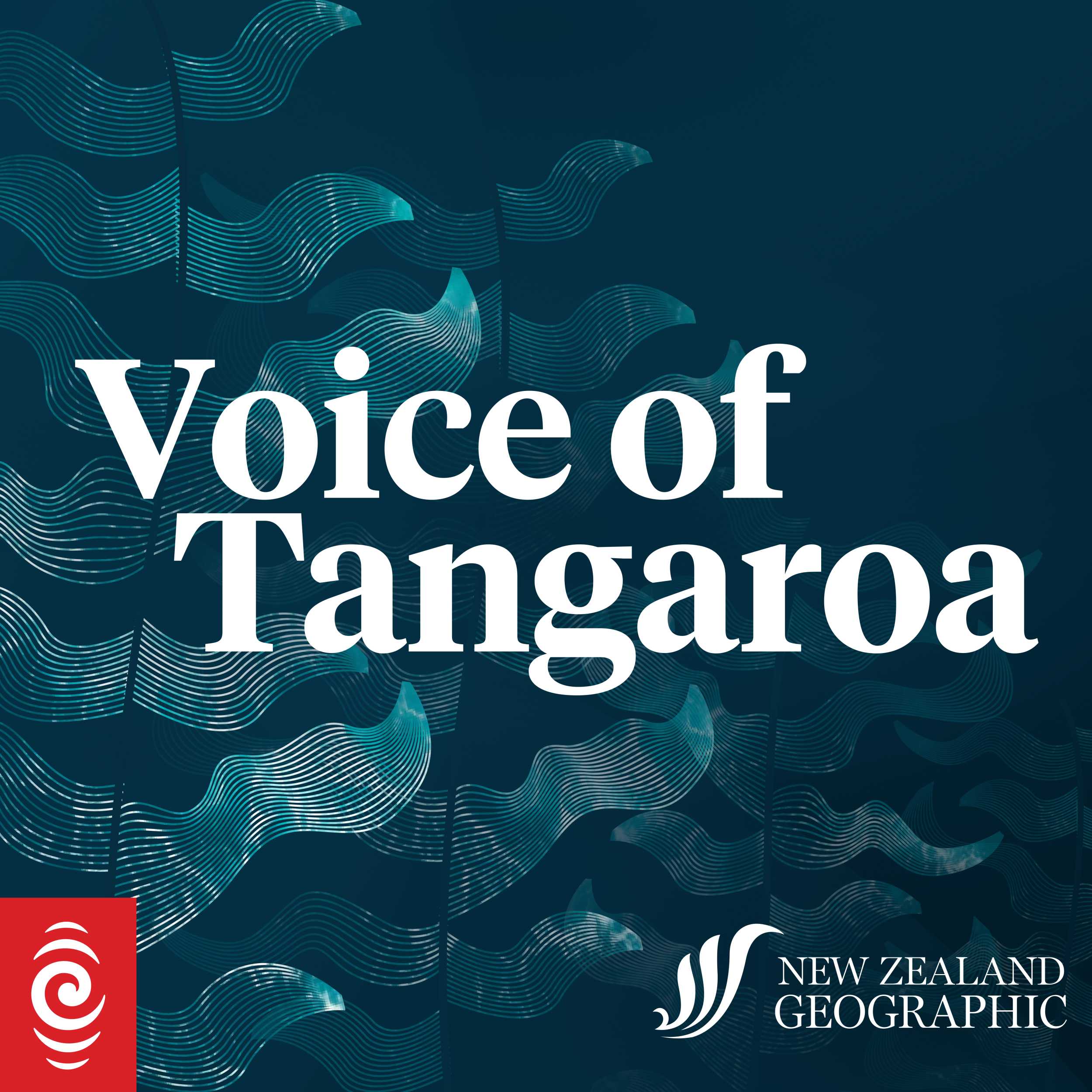
Kate Evans visits a passionate team as they carpet a remote volcanic island in Tonga with poisoned bait, hoping to eradicate rats. What does it take to complete this kind of project, what are the chances of success, and what will it mean for the island's ecosystems if they manage to remove the rats once and for all? This episode was first released 18 April 2024.
Rat eradication from islands is a team sport. It's not a competition - but if it were, New Zealand would surely be up there. That's why on most pest removal teams around the...
Voice of Tangaroa 07 | Summer 34

Journalist Rebekah White meets two people who have been counting albatrosses on remote islands in the subantarctic for more than three decades. Their research shows that at least one species is en route to extinction. A few changes to the way we fish could save it. This episode was first released 11 April 2024.
Gibson's and Antipodean albatrosses are citizens of no one nation. They are ocean birds, living on the wind and waves, travelling massive distances, passing back and forth over the high seas and the imaginary boundary lines we draw on maps.
But when they...
Voice of Tangaroa 06 | Taking on water

New Zealand once led the world in marine protection. Now it looks like we will fail to meet our international promise to protect 30 percent of our ocean estate by 2030. Why is stopping fishing so politically fraught? How might our ideas about marine protection need to change? And why, when our seas are in need, is it taking us so long to learn to talk to each other? This episode was first released 4 April 2024.
Updates/Learn more:
Read the New Zealand Geographic article by Kate Evans, with photography by Richard Robinson.The proposed Hauraki Gulf marine protections...Voice of Tangaroa 05 | A tale of two islands

The Bounty Islands are tiny in terms of area - just some bits of granite jutting out of the ocean. But they are huge in terms of seabirds. James Frankham joins a team researching the erect-crested penguins who breed in this remote archipelago. Recent counts suggest the penguins of the Bounties are doing fine. But this is not the case on the Antipodes Islands, and the researchers desperately want to know why. This episode was first released 28 March 2024.
Go to this episode on rnz.co.nz for more details
Voice of Tangaroa 04 | The stuff of life

What roles do our ocean ecosystems play in capturing carbon? Kate Evans speaks to iwi Māori working to improve the health of an estuary in the Bay of Plenty, and to scientists studying the fiords of New Zealand's southwest coast. There's potential for huge amounts of carbon to be locked away, if we don't mess it up. This episode was first released 21 March 2024.
To avert the worst of the climate crisis we need to reduce our emissions. One way is to phase out fossil fuels, to leave forms of carbon like oil and gas locked up in...
Voice of Tangaroa 03 | Fish out of water

People and livestock gobble so much fish that the seas soon won't keep up. Is the answer to grow fish on land? Kate Evans meets scientists figuring out the puzzles of how to farm some of New Zealand's iconic ocean creatures. This episode was first released 14 March 2024.
Many of our fisheries are under pressure. At the same time people are eating more fish. Could farming iconic New Zealand species be the future? And what are the advantages of growing fish on land?
A new lease of life
Ocean Beach used to process lambs...
Voice of Tangaroa 02 | Kina-nomics

Kina numbers are exploding on some of our reefs, decimating seaweed habitats. Could this problem be solved by eating them? Kate Evans investigates the potential of kina-nomics. This episode was first released 7 March 2024.
The kina are out of control. As many as 40 urchins crowd into a single square metre of rock, devoid of other life.
A kina barren is a symptom of an ecosystem out of balance. Could we eat our way to a solution?
Kina zombies
Kina numbers have exploded as we've eaten too many of their predators - like...
Voice of Tangaroa 01 | The undersea orchetra

Crackle, pop, woof, crunch, click. In the ocean, an undersea orchestra is in full swing. Journalist Kate Evans discovers who's playing in it and why, and what happens when human noise drowns out this symphony in the sea. This episode was first released 29 February 2024.
Symphony in the sea
Journalist Kate Evans and presenter Claire Concannon discover a world of snapping shrimp, singing whales and barking John Dory.
Researchers Professor Craig Radford and Dr Jenni Stanley are uncovering more about the orchestra harmonising under the waves - who's playing in it, and why they...
Introducing: Voice of Tangaroa

A collaboration between Our Changing World and New Zealand Geographic, the Voice of Tangaroa series explores the state of our oceans, and the extraordinary variety of life that calls it home.
93% of New Zealand is covered in salt water. 80% of our biodiversity is in our seas. And yet this is the part of our realm we understand the least and treat the worst.
A collaboration between Our Changing World and New Zealand Geographic, the Voice of Tangaroa series explores the state of our oceans, and the extraordinary variety of life that calls it home.
Fr...
Bonus: RNZ climate correspondent Eloise Gibson
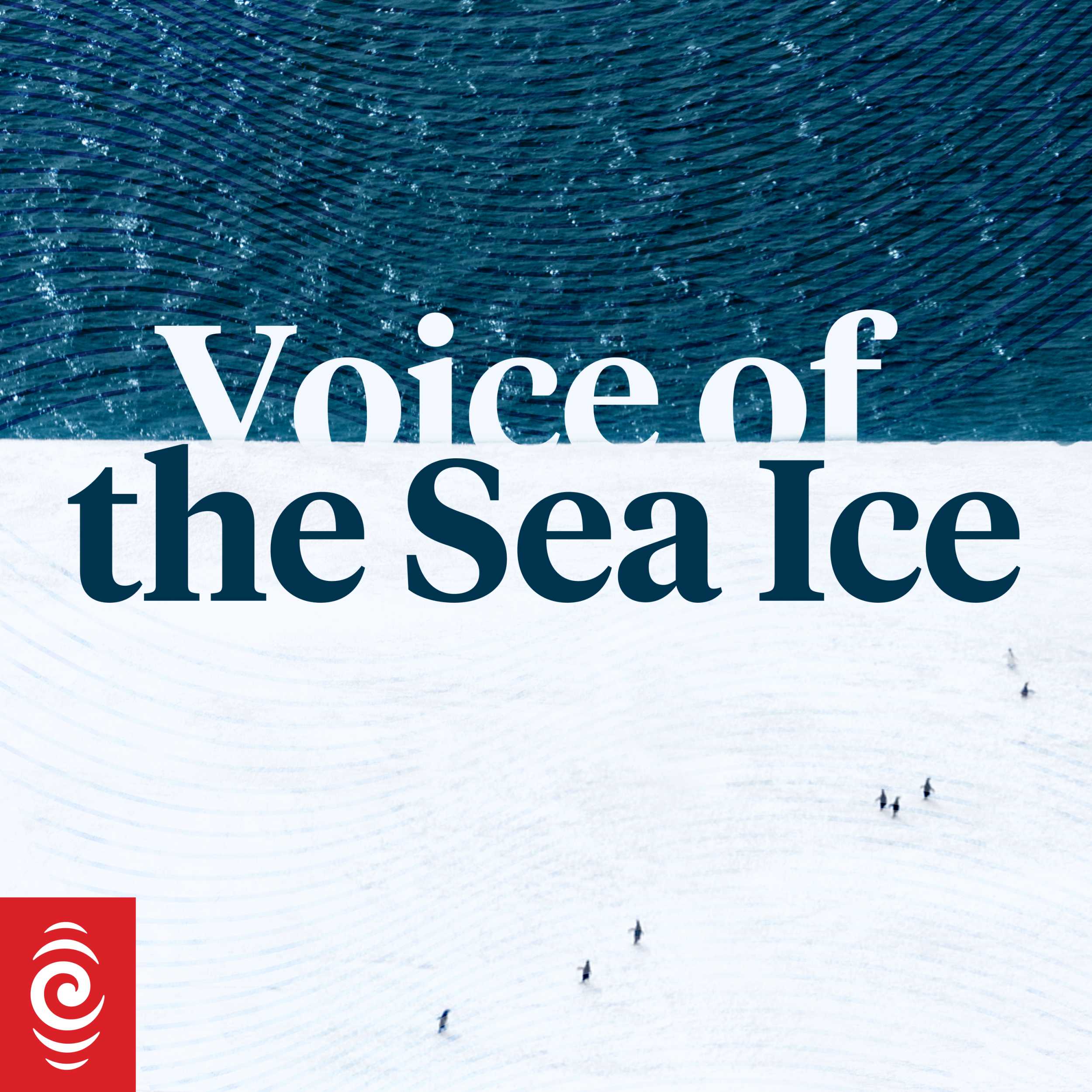
Claire Concannon spoke to RNZ's climate correspondent Eloise Gibson for the last episode of the Voice of the Sea Ice series. Listen to the full interview between Eloise and Claire in which they talk about the Paris Agreement, New Zealand's international climate commitments, and what we can do as individuals.
Sign up to the Our Changing World monthly newsletter for episode backstories, science analysis and more.
Guests:
Eloise Gibson, RNZ climate correspondentLearn more:
Read Eloise’s recent analysis about New Zealand’s international climate targets, or New Zealand's glacier loss. Eloise has...Voice of the Sea Ice 06 | Where to?

Human-induced climate change is impacting Earth’s global systems, including ice melt in Antarctica. What is the world doing to combat it? Signed in 2016, the Paris Agreement is the current global plan to tackle it. Countries pledge different emission reduction targets and then produce their workings and homework about how they are going about it. Where does New Zealand fit in? Are we doing our bit as a nation? And should we be bothering with individual actions or is that simply a bait-and-switch tactic by those who want to delay real change?
Guests:
Eloise Gibson, RNZ cl...Voice of the Sea Ice 05 | Changing times

In February 2025, the world hit a new low for global sea ice extent. Arctic sea ice has been declining for several decades now, but Antarctic sea ice had been holding steady, until recently. With low summer sea ice extents for four years in a row, it appears that Earth’s warming has kicked Antarctic sea ice into a new regime. Claire Concannon speaks to scientists to understand what this means for Antarctica, what this means for us, and how they feel about it.
Guests:
Dr Natalie Robinson, NIWADr Jacqui Stuart, Victoria University of WellingtonDr Greg Leonard, Un...Voice of the Sea Ice 04 | More life!

Penguins that return to the ice in the middle of winter to lay their eggs. Seals that use cracks in the ice to keep their pups safe. And fish that have antifreeze proteins to survive in the icy cold waters... Antarctic life is tough, and full of surprises. Scientists are keen to piece together the Antarctic food web puzzle to better understand the interconnections, and to enable smart conservation decisions.
Guests:
Arek Aspinwall, University of CanterburyDr Michelle LaRue, University of CanterburyProfessor Steve Wing, University of OtagoLearn more:
Meet other seals and penguins with...Voice of the Sea Ice 03 | Life!

What’s it like to live and work on the frozen ocean? A team of researchers are camping out on the sea ice to investigate the small critters that live on the bottom of the ice, and among the sloshy platelet ice layer just below it. From microalgae to krill, these tiny organisms hold up the big complex food web of Antarctica. Scientists are keen to understand these communities, and how they might shift as the sea ice cycle changes.
Guests:
Dr Natalie Robinson, NIWADr Jacqui Stuart, Victoria University of WellingtonDr Greg Leonard, University of OtagoLizzy Sk...Voice of the Sea Ice 02 | Antarctica's heartbeat

Step out on the sea ice just outside New Zealand’s Scott Base with researchers studying the physics of its annual cycle. Each year a massive patch of ocean around Antarctica freezes and then melts again come summer – Antarctica’s heartbeat. In winter, the ice effectively more than doubles the size of this already massive continent, and it plays a huge role in controlling our planet’s climate.
Guests:
Dr Inga Smith, University of Otago Antonia Radlwimmer, University of OtagoProfessor Wolfgang Rack, University of CanterburyLearn more:
Listen to Physics on Ice from 2021 with Emeritus P...Voice of the Sea Ice 01 | A land of ice and ambition

Welcome to Antarctica - a land of ice, extremes, and ambition. From historic expeditions to modern day science projects, Antarctic exploration is a unique, and dangerous, experience. We meet one researcher involved in an epic journey across the largest ice shelf in Antarctica, mapping a safe route through a crevassed landscape for others to follow. Plus, we learn about the different types of ice found in this vast, frozen landscape.
Guests:
Dr Daniel Price, University of Canterbury and Kea AerospaceNgā Taonga Sound and Vision archival audioLearn more:
Read the article that accompanies this e...Introducing: Voice of the Sea Ice

Each winter the sea ice that forms around Antarctica effectively doubles the size of this massive continent. It’s one of the biggest annual global changes. It reflects sunlight, drives ocean currents and is home to a host of critters key to the Antarctic food web. But the last few years have seen unusually low sea ice extents in Antarctica, and scientists are sounding the alarm. Is this a blip, or a trend?
Go to this episode on rnz.co.nz for more details